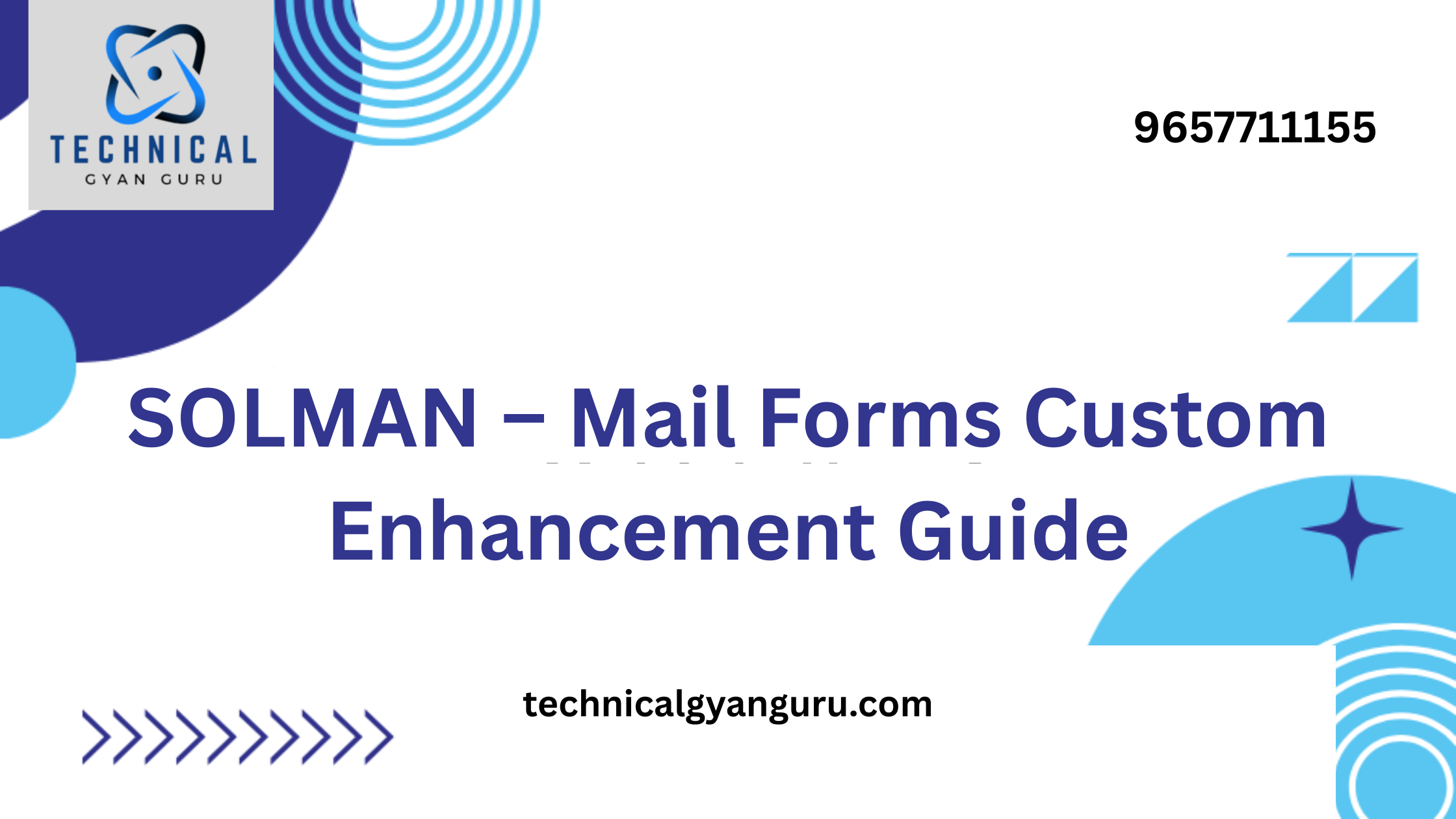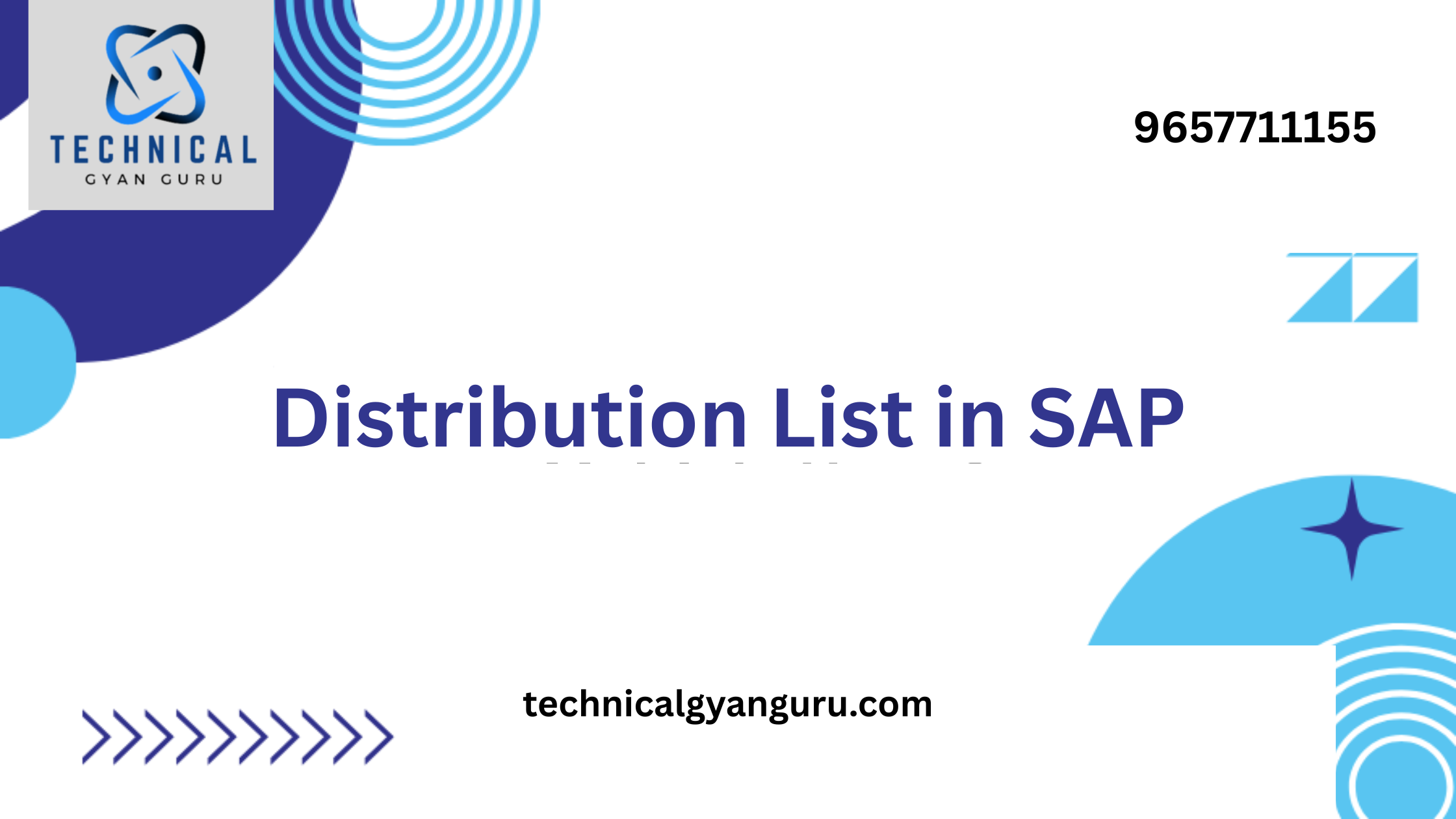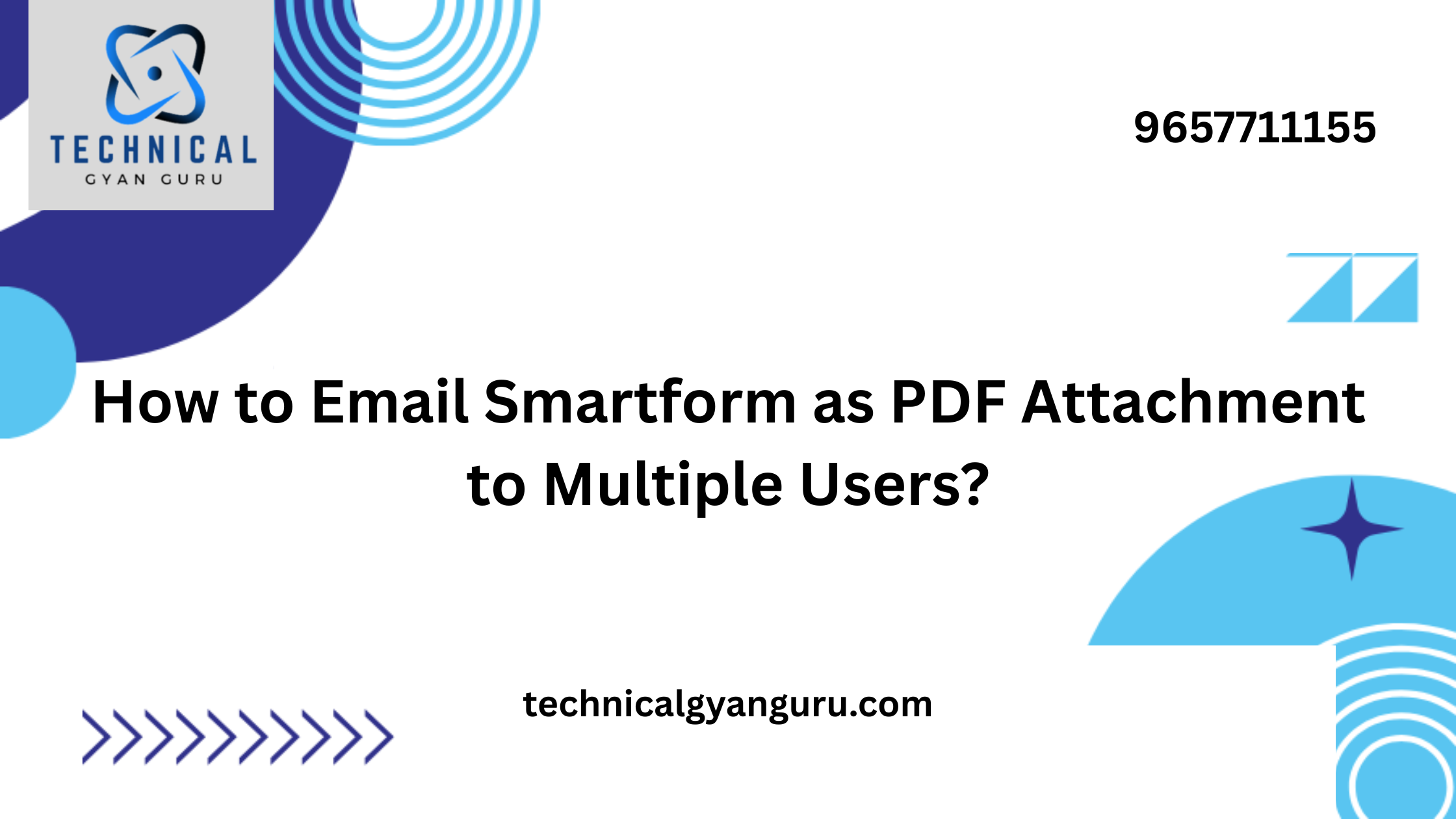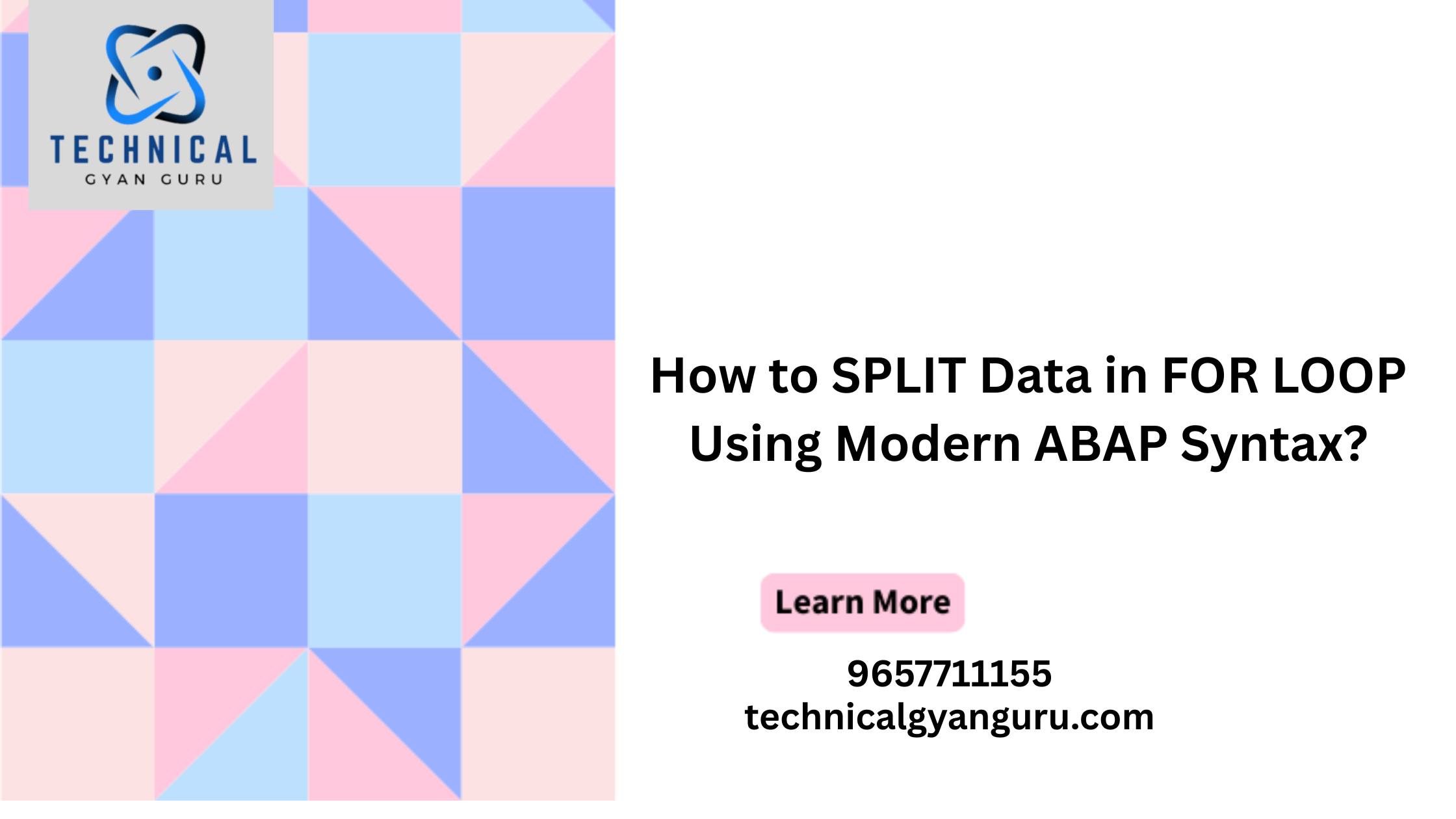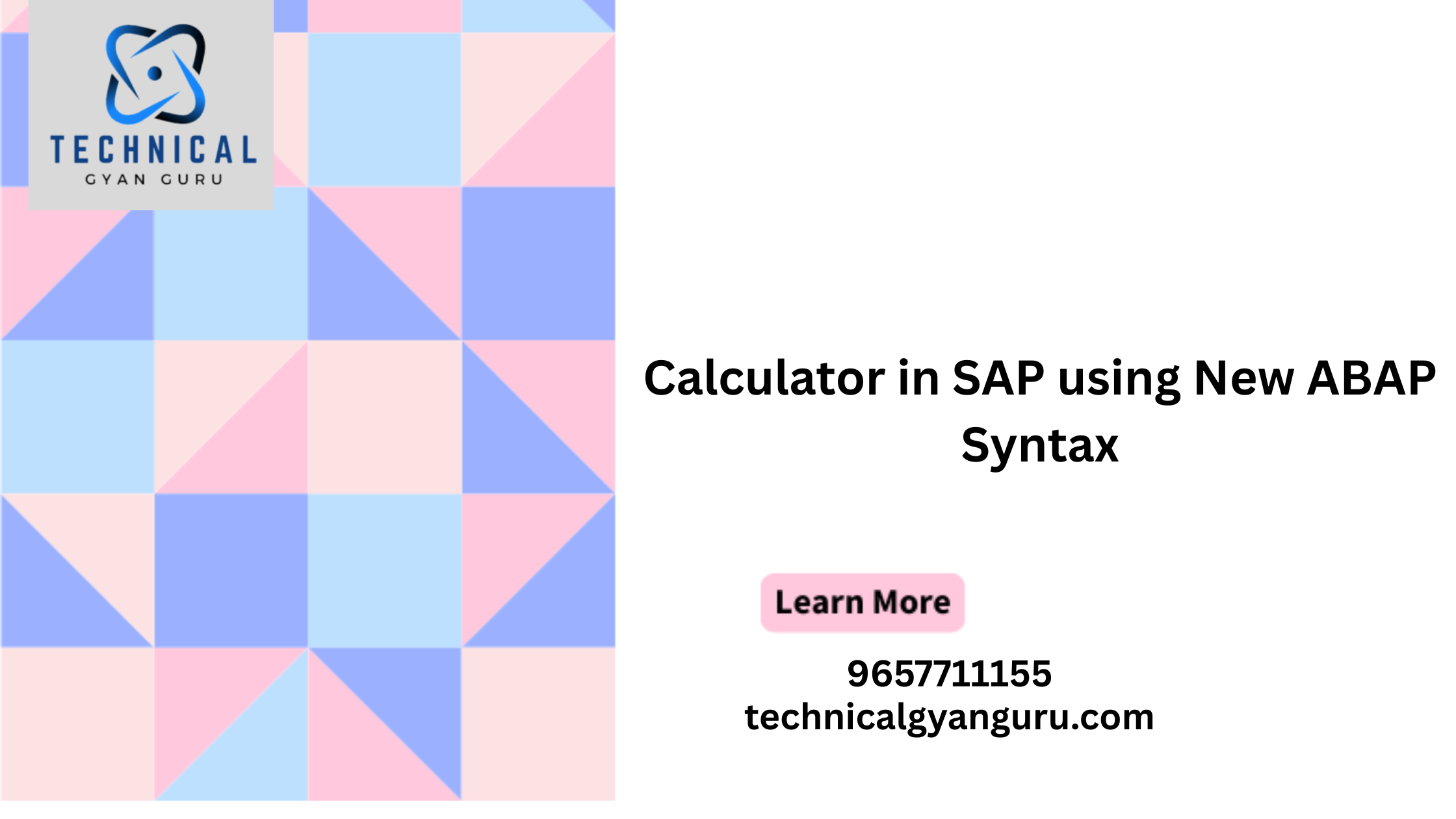Introduction: SAP S/4HANA Finance Transaction Codes
SAP S/4HANA Finance Transaction Codes: SAP S/4HANA Finance, formerly known as SAP Simple Finance, is a revolutionary suite that redefines financial management for organizations. With its streamlined architecture and improved user experience, SAP S/4HANA Finance simplifies financial processes. To efficiently harness the power of this solution, users rely on transaction codes—shortcuts that provide direct access to specific functionalities. In this blog, we’ll explore essential SAP S/4HANA Finance transaction codes, offering users a guide to optimize financial operations.
1. FIORI Launchpad – Home Page:
The Fiori Launchpad is not a traditional transaction code but a central entry point for various SAP applications, including SAP S/4HANA Finance. It provides an intuitive interface with tiles representing different applications and tasks, offering a user-centric approach to navigating the system.
2. FBCJ – Cash Journal:
FBCJ is the transaction code for managing the cash journal in SAP S/4HANA Finance. Users can record and manage cash transactions efficiently, ensuring accurate tracking of cash flow within the organization.
3. FAGLL03 – Display General Ledger (GL) Account Balances:
To view detailed balances of General Ledger (GL) accounts, FAGLL03 is a crucial transaction code. It provides a comprehensive display of account balances, allowing users to analyze financial data at a granular level.
4. FBL1N – Display Vendor Line Items:
FBL1N allows users to display line items for vendors. This transaction code provides detailed information about transactions with specific vendors, facilitating transparency and efficient vendor management.
5. FBL5N – Display Customer Line Items:
Similar to FBL1N, FBL5N is the transaction code for displaying line items but focuses on customer transactions. It provides insights into customer-related financial activities and supports effective customer relationship management.
6. FBL3N – Display G/L Account Line Items:
For a comprehensive view of line items related to a specific G/L account, FBL3N is the transaction code to use. It allows users to display, analyze, and manage detailed transaction data for General Ledger accounts.
7. FB50 – Enter G/L Account Document:
FB50 is a transaction code that enables users to manually enter financial documents for General Ledger accounts. It is useful for recording one-time or exceptional transactions that fall outside the scope of automated processes.
8. F-02 – Post Journal Entry:
F-02 is a transaction code that allows users to post journal entries directly. It is a versatile tool for entering financial transactions efficiently, ensuring accurate and timely updates to the financial records.
9. FV60 – Park Incoming Invoices:
In SAP S/4HANA Finance, users can park incoming invoices for further verification and processing. FV60 is the transaction code for parking invoices, providing a temporary holding status until they are ready for final posting.
10. FAGLF03 – Display Financial Statement:
For a consolidated view of financial statements, FAGLF03 is the transaction code to use. It provides users with the ability to display financial statements based on specific parameters, facilitating financial analysis and reporting.
Conclusion:
SAP S/4HANA Finance transaction codes are pivotal for users aiming to optimize financial processes and enhance their decision-making capabilities. Whether managing cash transactions, analyzing vendor or customer line items, or posting journal entries, these transaction codes offer efficient shortcuts to critical functionalities. As organizations strive for financial excellence with SAP S/4HANA Finance, a solid understanding of these transaction codes becomes a cornerstone for those navigating the complexities of modern financial management.


